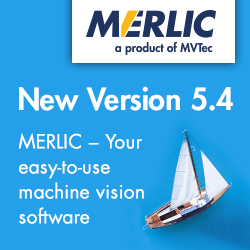Using Robotmaster software for off-line programming of a 7-axis robot used for the precise trimming required in the manufacturing of General Atomics Predator Drone.
Client Profile:
General Atomics Aeronautical Systems (GA-ASI) is a leading manufacturer of unmanned aircraft systems (UAS) and tactical reconnaissance radar, including the Predator UAS series and the Lynx SAR/GMTI sensor systems. The company is dedicated to providing long-endurance, mission-capable aircraft with the integrated sensor and datalink systems required to deliver persistent situational awareness and rapid strike capabilities.

Context:
The Challenge:
The Solution:
Discussing the problem with his local Mastercam® reseller, the project engineer learned of Robotmaster™, a software product developed specifically to bring CAD/CAM programming capability to 6-axis robots. Within a week of explaining the problem to Jabez Technology’s project leader, Robotmaster had been adapted to add control of the 7th axis, the gantry position, to its standard 6-axis robot algorithms. After one day of on-site training General Atomics’ engineers were operational on the system.

Confirmed Results:
Even though GA-ASI realize that they are using but a fraction of the technical capabilities of their robot work cell and of Robotmaster’s programming power in their application, the installation has justified the Company’s expenditures many times over. It is fully meeting its quality and precision objectives and has increased the facility’s product output. Jabez Technologies has made the capability to control translation of a robot along a 7th axis rail and/or an 8th axis rotary positioner a standard feature of Robotmaster as part of their ongoing commitment to provide fast and flexible off-line programming capability for material removal robotics.
 About Robotmaster
About Robotmaster
Robotmaster® is a product of Jabez Technologies Inc., specialized in dedicated software solutions for industrial automation, manufacturing and robotics since 1996. Robotmaster® seamlessly integrates robot programming, simulation and program generation inside Mastercam®’s industry proven CAD/CAM platform. Robotmaster is ideally suited to program robots for such tasks as trimming, 3D machining, de-burring, polishing, dispensing, grinding and painting, and supports most industrial robot models. For more information please contact us at info@robotmaster.com or visit our website – www.robotmaster.com.
The content & opinions in this article are the author’s and do not necessarily represent the views of RoboticsTomorrow
Comments (0)
This post does not have any comments. Be the first to leave a comment below.
Featured Product


